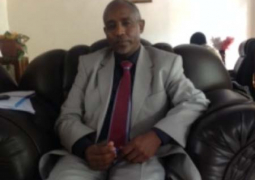Sian Rees’ book traces the brilliant effort of the British Royal Navy in stamping out this illegal or sanction busting slavers.Rees reveals that while Britain was the most important player in the slave trade which lasted from the 1500s to 1807 (page 3), the acts of the Royal Navy to hunt and arrest the slave ships after the abolition act of 1807 may have helped to atone for British guilt in the inhuman trade. In other words, what sin they may have committed in leading the trade in Africans, they have atoned for in the brilliant effort of the Navy to put a definitive halt to the trade after 1807.
The Gambia played a very important role in the slave trade. Gambian territory suffered massively from the trade, wars were fought to capture slaves and Kunta Kinte island was a major slave departure point. Fort Bullen in Barra was built in 1826, the Six Gun Battery in Banjul in 1821, just to assist the Royal Navy defend the mouth of the River Gambia from the encroachment of illegal slave ships. In this book, Gambia’s role in the trade is adumbrated on pages 10, 97 and 101.
According to the author, between 1807 and 1870, the Royal Navy freed 150,000 captured Africans from the holds of the slave ships and freed them and were re-settled in Freetown or Bathurst.In the act, 17,000 British sailors died in battles mounted by the Navy to capture the slave ships.
This is a lively and glorious account by a historian who has the gift of narrative. The work is highly recommended to all students and scholars of the inhuman trade in Africans, who are interested in the efforts to implement the Abolition Act of 1807 by the Royal Navy.
Available at Timbooktoo.Tel:4494345.


